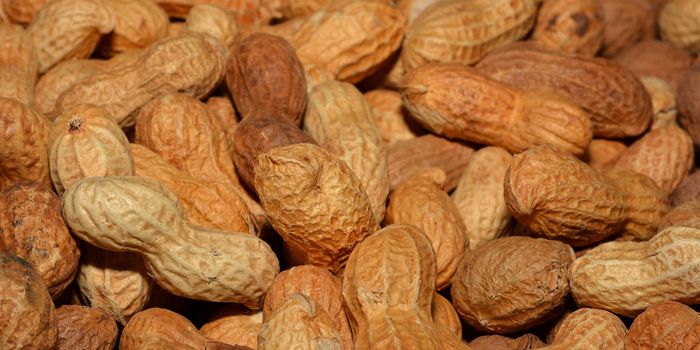How Pig Blood & Cobra Venom Could Help Fill the Lung Transplant Need
Many people need lung transplants, and there is a major shortage of these organs in part because they are so difficult to preserve for the procedure. New work that has utilized some surprising tools may change that. The findings have been reported in Science Advances.
Every year, about 4,600 lung transplants are performed around the world, about half of which happen in North America. These transplants can be a crucial option for patients with various respiratory diseases, but there are still many limitations that prevent more widespread use of the procedure. The demand for these transplants has also increased, in part because of the COVID-19 pandemic, and many people still die waiting for a lung transplant.
Recent work has suggested that only about 20 to 30 percent of lungs that could potentially be used in transplants are actually applied to patients, however. One problem is that it is still very challenging to preserve lungs for transplant. The common technique for preserving lungs is called ex vivo lung perfusion (EVLP). But EVLP support can usually only last for about six hours at most. Some modifications have been attempted so that EVLP will last longer, but the lungs that have been used in transplants after such methods have not performed well once they are transplanted. EVLP also fails to mimic many aspects of normal physiology.
This new work has demonstrated the feasibility of a novel technique that can sustain lungs for transplant. This "cross-circulation (XC) platform"can support donor organs by exchanging whole blood from an organism, in this cae a pig, that acts like a kind of host. This technique was shown to recover and maintain injured pig lungs, kept human donor lungs viable, and was even able to recover human donor lungs that had been deemed unsuitable for transplant.
The researchers noted, however, that when human lungs are exposed to pig blood, pig antibodies hang out in the donor lungs, which triggers an immune response in the transplant recipient.
This study showed that it is possible to neutralize this immune effect by with a protein in cobra venom called cobra venom factor (CVF), which is an analog of a human protein called complement C3. The human version is short-lived, but CVF is stable for a few hours, so it can dampen the immune reaction caused by the pig antibodies.
Since pig antibodies in donor lungs are not ideal, even if the immune response can be suppressed, the researchers noted that this approach could be improved if genetically-modified pigs that are immunodeficient are used as hosts in the XC platform.
Source: Science Advances









